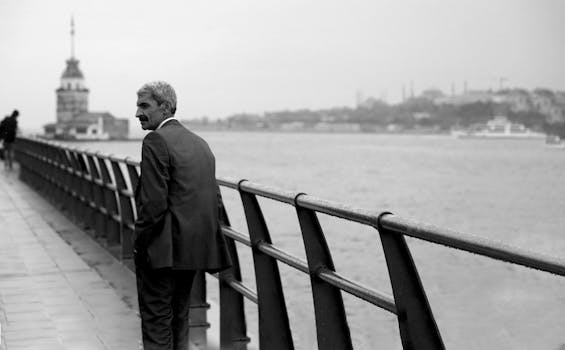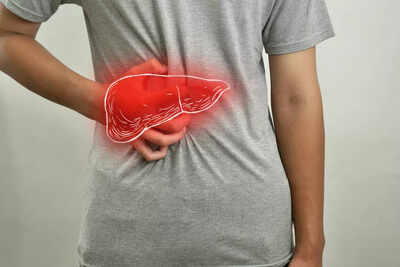
Traveling Through Time: How Europe’s Historical Heritage Shapes Modern Lifestyles in 2025
Traveling Through Time: How Europe’s Historical Heritage Shapes Modern Lifestyles in 2025. Europe, a continent steeped in history and tradition, has a unique ability to blend the old with the new. From the ornate architecture of Paris to the vibrant streets of Rome, every city in Europe tells a story of the past, while embracing the modernity of the present. As we journey through this incredible continent, we begin to realize that Europe’s historical heritage plays a significant role in shaping modern lifestyles. In this article, we will delve into the ways in which Europe’s rich history continues to influence contemporary culture, and explore the many ways in which the past informs the present.
Architecture and Urban Planning
One of the most striking examples of Europe’s historical heritage can be seen in its architecture. From the Gothic spires of medieval churches to the grand palaces of Renaissance royalty, every building in Europe seems to have a story to tell. The narrow streets and winding alleys of ancient cities like Florence and Venice are a testament to the continent’s rich history, and the way in which urban planning has evolved over time. As we walk through these cities, we can’t help but feel a sense of awe and reverence for the generations that came before us, and the incredible structures they left behind.
Cuisine and Food Culture
European cuisine is renowned for its diversity and richness, and the continent’s historical heritage plays a significant role in shaping modern food culture. From the hearty stews of Ireland to the delicate pastries of France, every dish in Europe has a story to tell. The tradition of fine dining, which originated in medieval Europe, continues to influence the way we eat and socialize today. Whether it’s a cozy dinner in a rustic tavern or a formal banquet in a grand palace, mealtimes in Europe are always a special occasion, and a chance to connect with the people and the culture around us.
Art and Culture
Europe’s historical heritage has also had a profound impact on the continent’s art and culture. From the masterpieces of the Renaissance to the avant-garde movements of the 20th century, European art has always been at the forefront of innovation and creativity. The numerous museums and galleries that can be found in every city in Europe are a testament to the continent’s rich cultural heritage, and the importance that is placed on preserving and promoting the arts. Whether it’s a visit to the Louvre in Paris or a stroll through the Uffizi Gallery in Florence, art lovers from around the world flock to Europe to experience the beauty and majesty of its cultural treasures.
Modern Lifestyles and Traditions
Despite the many advances of modern technology and the increasing globalization of the world, Europe’s historical heritage continues to shape modern lifestyles and traditions. From the colorful festivals and celebrations that take place throughout the year, to the traditional crafts and skills that are still practiced today, every aspect of European culture is infused with a sense of history and tradition. Whether it’s a lively flamenco performance in Spain or a solemn religious procession in Italy, the people of Europe are proud of their heritage, and continue to find new and innovative ways to express and celebrate it.






